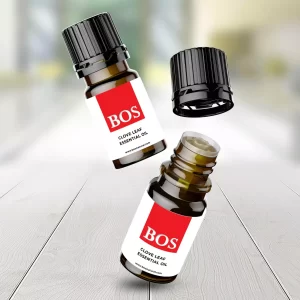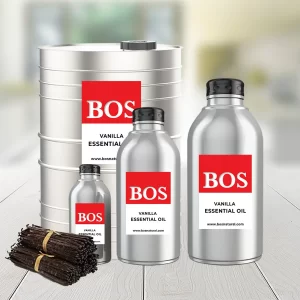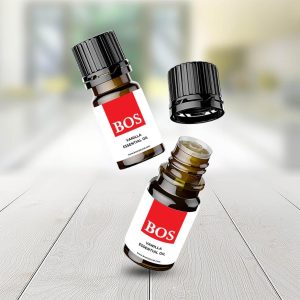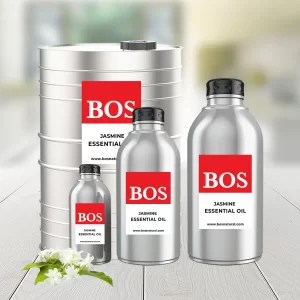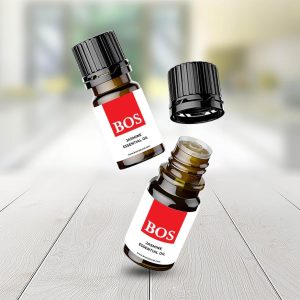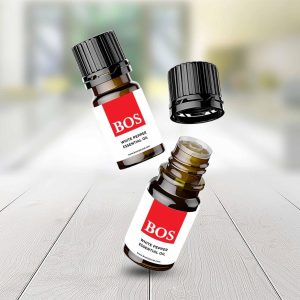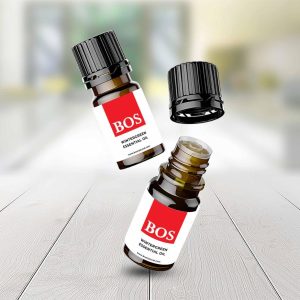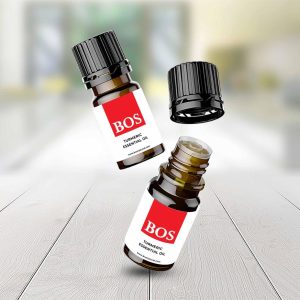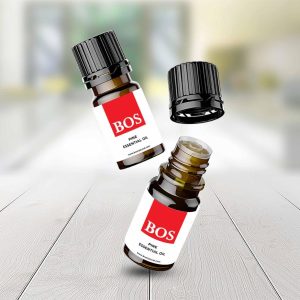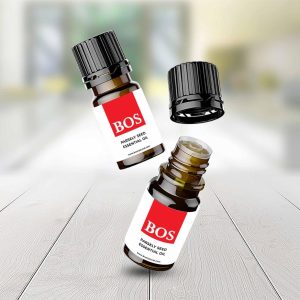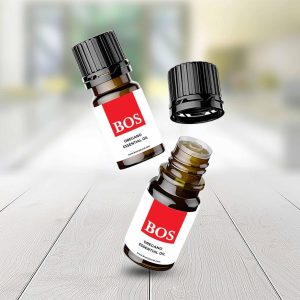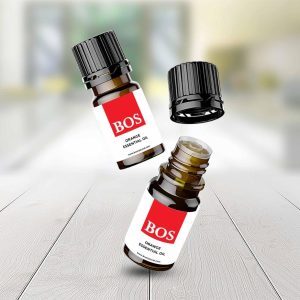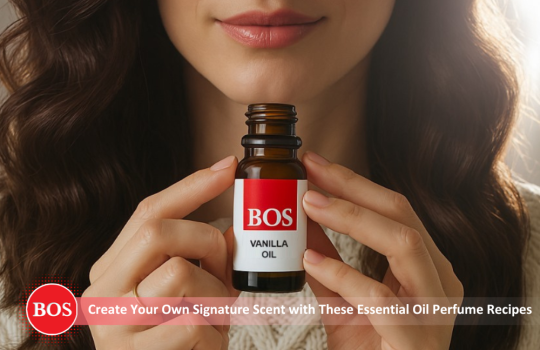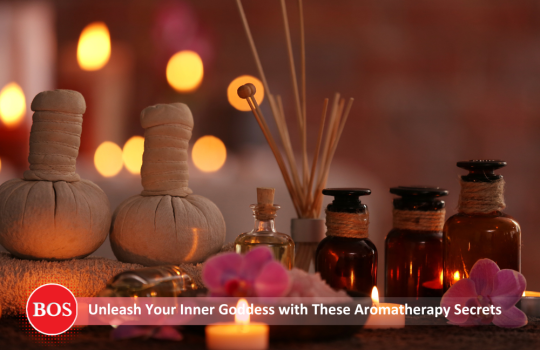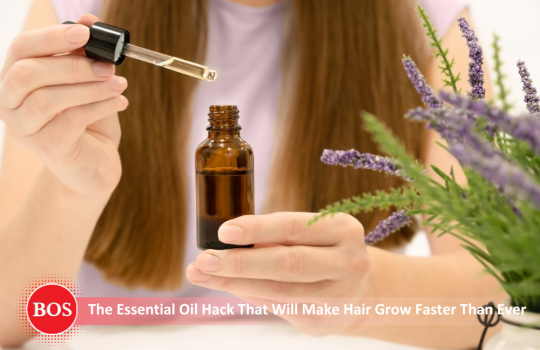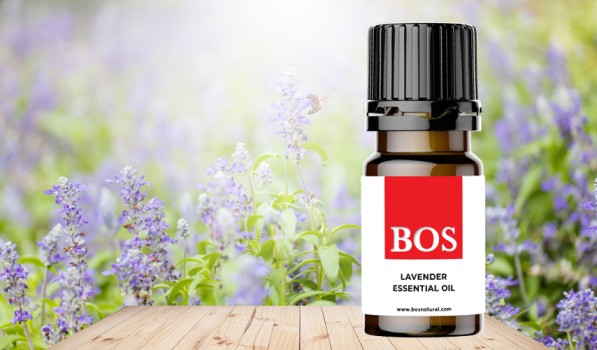The Ultimate Guide to Blending Essential Oils Like a Pro
January 11, 2025 2025-01-14 4:11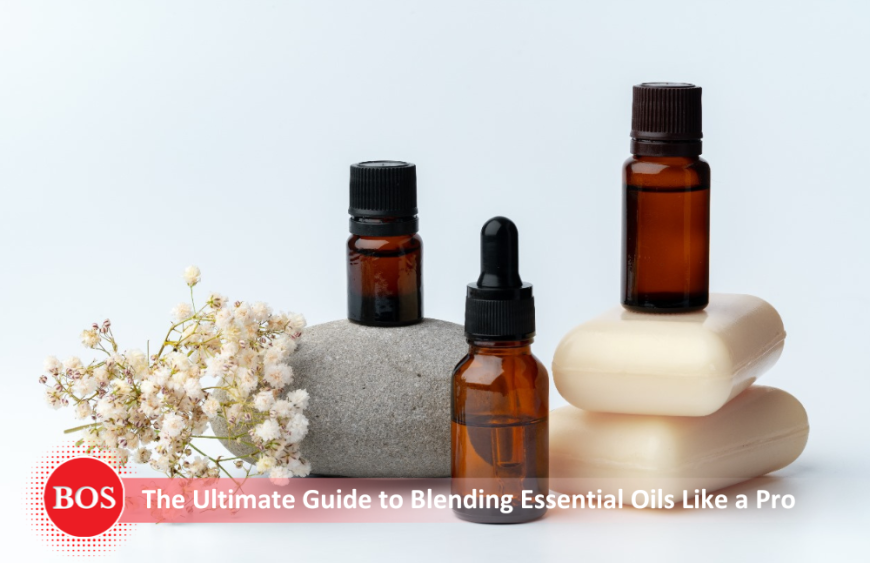
The Ultimate Guide to Blending Essential Oils Like a Pro
Essential oils have been celebrated for centuries for their therapeutic benefits, and when blended correctly, they can amplify their positive effects. Whether you’re a beginner or an experienced enthusiast, learning how to blend essential oils like a pro can elevate your aromatherapy practice to new heights. This comprehensive guide will take you through the steps, tips, and techniques to create beautiful, personalized essential oil blends that cater to your needs.
1. Understanding Essential Oils
Before diving into blending, it’s important to understand the nature of essential oils. These oils are highly concentrated plant extracts that capture the plant’s natural scent and therapeutic properties. Essential oils can be derived from various parts of the plant, including leaves, flowers, bark, and roots. Each oil has its own unique profile of therapeutic effects, which is why blending them allows you to create a synergy of benefits.
2. Know Your Essential Oils
There are hundreds of essential oils to choose from, each offering its own distinct aroma and therapeutic properties. Here are some categories of oils to consider when blending:
Top Notes: These are the initial, light aromas you smell when you first apply the oil. They tend to evaporate quickly. Common top notes include citrus oils (like lemon, orange, and grapefruit), peppermint, and eucalyptus.
Middle Notes: Also known as heart notes, these oils define the character of the blend. They provide balance and roundness. Lavender, chamomile, geranium, and rosemary are examples.
Base Notes: These oils have a rich, grounding aroma and tend to linger longer. They help fix the blend and bring depth. Examples include sandalwood, patchouli, and frankincense.
When blending, it’s important to combine oils from each of these categories to create a harmonious, multi-dimensional aroma.
3. The Art of Blending
Blending essential oils requires both creativity and knowledge. While you can experiment with different combinations, a general rule of thumb is to use the following blending ratios:
- Top Note: 30%
- Middle Note: 50%
- Base Note: 20%
This ratio helps create a balanced blend where the top notes give the initial impression, the middle notes provide depth, and the base notes round out the aroma. However, this is just a guideline; the best way to find your preferred blend is through trial and error.
4. The Importance of Dilution
Essential oils are highly concentrated and should always be diluted before use, especially when applied to the skin. The dilution ratio depends on the intended use and the sensitivity of your skin:
- For Aromatherapy Diffusers: Dilute 5-10 drops of essential oil in water.
- For Topical Application (Adults): Dilute 3-5 drops of essential oil in 1 teaspoon of carrier oil (such as coconut, jojoba, or almond oil). For sensitive skin or children, reduce this ratio further.
- For Children: Consult a qualified aromatherapist for appropriate dilution ratios, as essential oils can be potent for young skin.
Dilution is essential for safe use and to prevent skin irritation or adverse reactions.
5. Choosing the Right Carrier Oil
Carrier oils are used to dilute essential oils and act as a base for applying them to the skin. They not only help with dilution but also add their own therapeutic properties. Some popular carrier oils include:
- Coconut Oil: Known for its moisturizing properties and suitability for all skin types.
- Jojoba Oil: Closely resembles the skin’s natural oils, making it great for all skin types.
- Sweet Almond Oil: Nourishing and light, perfect for dry skin.
- Grapeseed Oil: A light, non-greasy oil ideal for oily skin types.
Choosing the right carrier oil depends on your skin type and the intended use of the blend.
6. Common Essential Oil Blends and Their Benefits
Here are some classic blends to inspire your own creations:
Calming Blend:
- 4 drops Lavender
- 3 drops Roman Chamomile
- 2 drops Bergamot
- Use: Ideal for relaxation and stress relief. Great for bedtime or during meditation.
Energizing Blend:
- 3 drops Peppermint
- 4 drops Lemon
- 2 drops Rosemary
- Use: Perfect for an afternoon pick-me-up or a boost of mental clarity.
Immunity Boosting Blend:
- 3 drops Tea Tree
- 2 drops Eucalyptus
- 2 drops Lemon
- Use: A great blend for supporting immune health, especially during flu season.
Uplifting Blend:
- 3 drops Orange
- 2 drops Ylang Ylang
- 1 drop Frankincense
- Use: To boost your mood and create a sense of happiness.
Skin Healing Blend:
- 3 drops Lavender
- 2 drops Frankincense
- 2 drops Tea Tree
- Use: Excellent for promoting healthy skin and supporting the healing of minor cuts and blemishes.
7. Creating Your Own Signature Blends
Once you’re familiar with the basics, you can start creating your own unique essential oil blends. Here’s how:
Start with a Goal: What do you want your blend to achieve? Is it for relaxation, focus, energy, or skincare? Defining your goal helps guide your selection of oils.
Choose Your Oils: Select a variety of oils that align with your goal, ensuring that you include top, middle, and base notes for balance.
Test the Blend: Mix your oils and smell the blend. If the top notes are too strong, add more middle or base notes to balance them out. Adjust ratios until you’re happy with the aroma.
Blend and Dilute: Once your perfect blend is found, dilute it appropriately in a carrier oil or diffuser. Label your blend and note the proportions used.
8. Tips for Blending Essential Oils Like a Pro
- Trust Your Nose: The best way to know if a blend works is by smell. If it smells pleasant to you, it’s a good sign.
- Let Blends Age: Some essential oil blends improve with time. Let them sit for a few days or weeks to allow the oils to meld.
- Use a Blending Palette: When experimenting, create small sample blends in separate bottles before committing to larger batches.
- Practice Mindfulness: Approach blending with intention. Focus on your desired outcomes, whether it’s relaxation, clarity, or wellness.
- Stay Safe: Always follow safety guidelines for essential oil use, particularly when blending oils for topical application or use in children.


